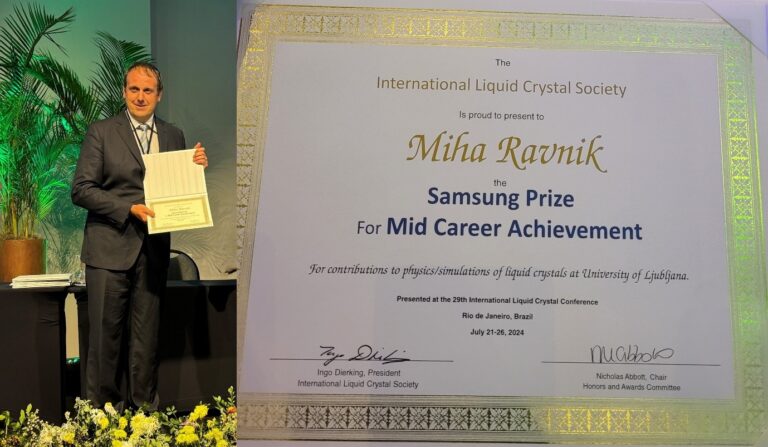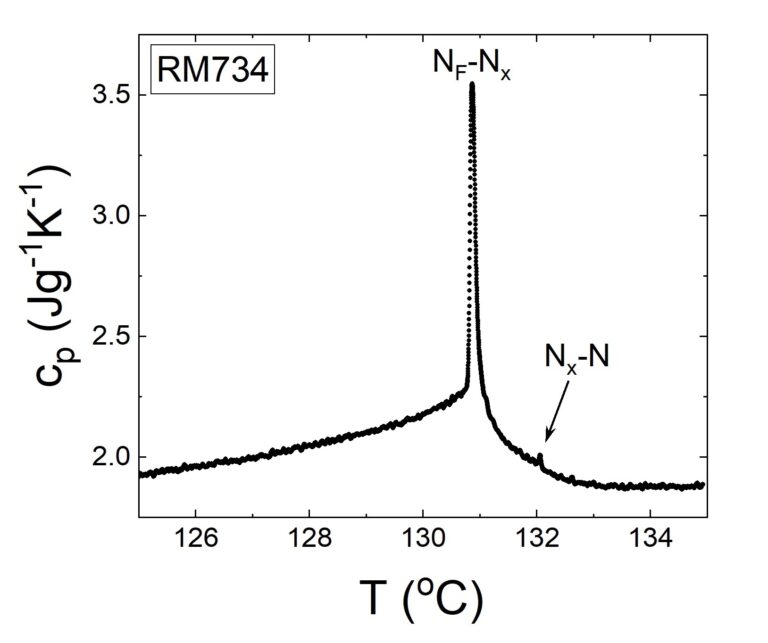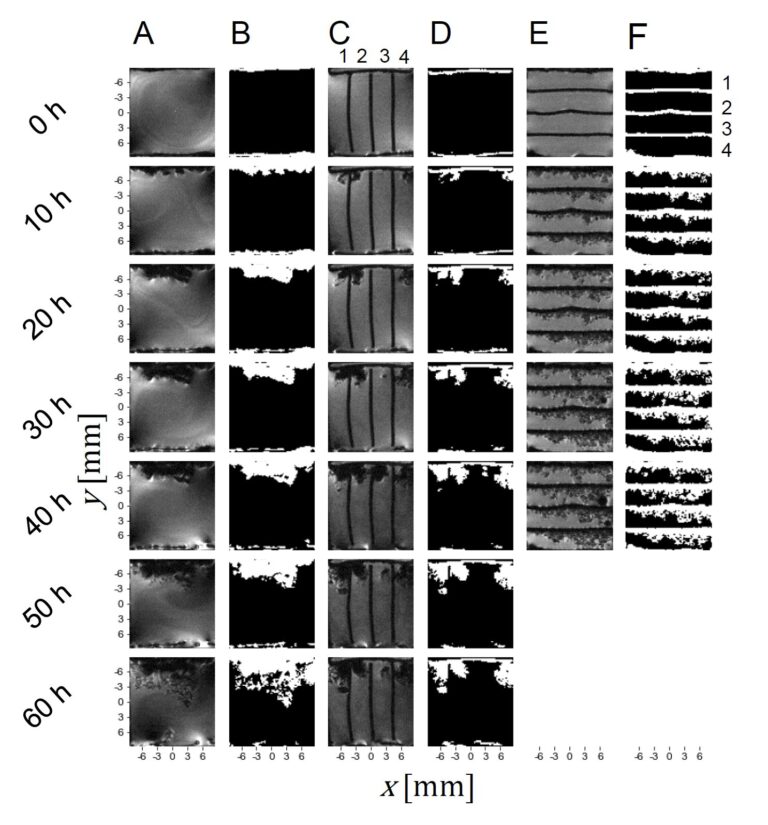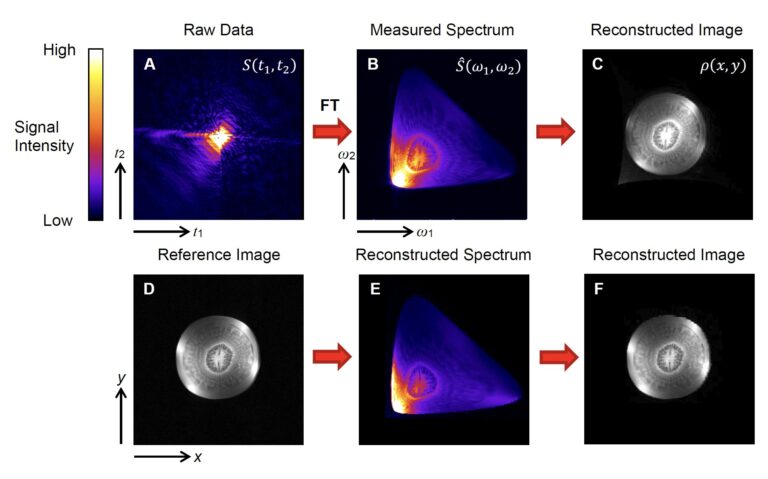News

Prof. Miha Ravnik received Samsung Mid-Career prize of International Liquid Crystal Society
Prof. dr. Miha Ravnik from Faculty of Mathematics and Physics University of Ljubljana and J. Stefan Institute is the recipient of the prominent Samsung Prize for Mid Career Achievement awarded by the International Liquid Crystal Society, for his contributions to the physics and simulations of liquid crystals. He received the prize at the recent 29th International Liquid Crystal Conference in Rio de Janeiro. The Prize is awarded biannually to two best mid-career scientists for their demonstrated scientific excellence in the general field of liquid crystal science.

Article in Physical Review E
George Cordoyiannis and colleagues from KU Leuven (Belgium), University of Colorado (USA), University of Hull (UK) have published an article in Physical Review E reporting the existence of a new intermediate Nx phase in one of the two first discovered ferroelectric nematic liquid crystals, namely, RM734. The temperature range of this phase is 1.15 ± 0.10 K and the N-Nx transition enthaply is minute (< 5 mJ/g).

Article in Physics Reports
Remarkable advances in the understanding of topological constraints in biological and soft matter physics in the past few years stimulated the European COST collaboration EUTOPIA to write a comprehensive review paper on topological effects in systems ranging from DNA and genome organization to entangled proteins, polymeric materials, liquid crystals, and theoretical physics, with the main intention of reducing the barriers between different subfields of soft and biological matter. Simon Čopar, Miha Ravnik, Primož Ziherl, and Slobodan Žumer, colleagues from the “Jožef Stefan” Institute and the Faculty of Mathematics and Physics of the University of Ljubljana, together with colleagues from the EUTOPIA group, published a review article “Topology in soft and biological matter” in the journal Physics Reports.
Physics Reports 1075, 18 July 2024, Pages 1-137, Topology in soft and biological matter.
https://doi.org/10.1016/j.physrep.2024.04.002
COBISS.SI-ID 32291367 IF = 29.9

Article in Batteries
PEKLAR, Rok, MIKAC, Urška, SERŠA, Igor. The effect of battery configuration on dendritic growth : A magnetic resonance microscopy study on symmetric lithium cells. Batteries. 2024, vol. 10, art. 165, 13 str. ISSN 2313-0105. https://www.mdpi.com/2313-0105/10/5/165.
The potential of metallic lithium to become the anode material for next-generation batteries is hampered by significant challenges, chief among which is dendrite growth during battery charging. These dendrite structures not only impair battery performance but also pose safety risks. In this study, a recently introduced indirect imaging approach which is based on 1H MRI of the electrolyte was used to sequentially image dendrite growth in different configurations of symmetric lithium cells. The measured sequential images allowed for the measurement of dendrite growth in each cell using volumetric analysis. The growth results confirmed our theoretical prediction that the growth across cells is uneven in a parallel circuit, and even in a series circuit.

Article in Scientific Reports
TUŠAR, Kaja, SERŠA, Igor. Use of nonlinear pulsed magnetic fields for spatial encoding in magnetic resonance imaging. Scientific reports. 2024, vol. 14, art. 7521, 15 str. ISSN 2045-2322. https://www.nature.com/articles/s41598-024-58229-x.
This study examines the use of nonlinear magnetic field coils for spatial encoding in magnetic resonance imaging. Existing theories on imaging with such coils share a complex reconstruction process that originates from a suboptimal signal interpretation in the spatial-frequency domain (k-space). In this study, a new solution to this problem is proposed, namely a two-step reconstruction process, in which in the first step, the image signal is converted into a frequency spectrum, and in the second step, the spectrum, which represents the distorted image, is geometrically and intensity corrected to obtain an undistorted image. The results of this study facilitate the use of simple encoding coil designs that can feature low inductance, allowing for much faster switching times and higher magnetic field gradients.
